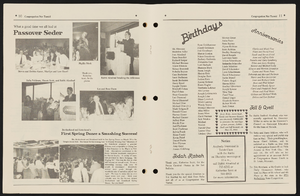Search the Special Collections and Archives Portal
Search Results
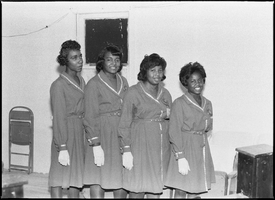
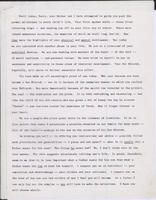
Speeches and ephemera for the Bar Mitzvah of Barry Katz, 1965
Date
Archival Collection
Description
Speech transcripts and ephemera about the Bar Mitzvahs of Barry & Jeffrey Katz, 1965.
Text

Transcript of interview with Elinor Horden by Valerie Fujii, February 13, 1930
Date
Archival Collection
Description
On February 13th, 1980, collector Valerie Fujii interviewed dancer, Elinor Horden, (born May 21st, 1930 in Ohio) at the University of Nevada, Las Vegas. This interview covers local entertainment in the 1950s and the social and environmental changes that have occurred in Las Vegas, Nevada.
Text

Transcript of interview Skip Allen by Henry Pierzchala, February 27, 1980
Date
Archival Collection
Description
Text
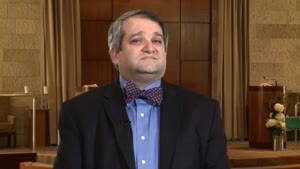
Video, Roundtable discussion with members of Midbar Kodesh, April 19, 2015
Date
Archival Collection
Description
This video consists of three parts: an introduction by Rabbi Tecktiel and two roundtable discussions led by Barbara Tabach. The groups discuss their involvement with Midbar Kodesh and life in Las Vegas.
Moving Image
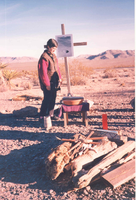
Protestor leading the Ash Wednesday celebration: photographic print
Date
Archival Collection
Description
Image
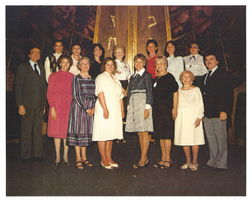
Photograph of Sharon Sigesmund Pierce at her bat Mitzvah as an adult, March 16, 1984
Date
Archival Collection
Description
Photograph of group of women at their bat Mitzvah, including Sharon Sigesmund Pierce (front, center-right), and her mother Sara Schwartz (front row, third from right), at Temple Beth Sholom.
Image

Transcript of interview with Beth Molasky by David Shwartz, June 2, 2014
Date
Archival Collection
Description
In this interview, Molasky discusses her parents, Irwin and Susan Molasky, and growing up in Las Vegas as a member of Temple Beth Sholom. She attended Sunday school and Hebrew school, but is not particularly religious as an adult.
Beth Molasky-Cornell is a partner, shareholder, and an active member of the board of directors of the Molasky Group of Companies, which was founded by her father Irwin Molasky. She is a founding partner and a core member of the board of directors of Ocean Pacific Companies, a high-end real estate development firm founded by her husband Ken Cornell in San Diego, California. Molasky-Cornell contributed to numerous Molasky Group building projects, including the Bank of America Plazas, the Winterwood Corporation land development, and the Park Towers luxury condominiums. Molasky was born in Florida; however, her family moved to Las Vegas before her second birthday. She graduated from Valley High School in 1968, and started college at the University of Southern California at the age of seventeen. After spending a couple of years in Rhode Island, where she had her children, she moved back to Las Vegas in 1975. In this interview, Molasky discusses her childhood experiences in Las Vegas, especially as a member of the Jewish community, and reflects upon changes that influenced her children?s upbringing in the city.
Text

Transcript of interview with Jacob D. Bingham by Stefani Evans and Claytee D. White, January 11, 2017
Date
Archival Collection
Description
Text

